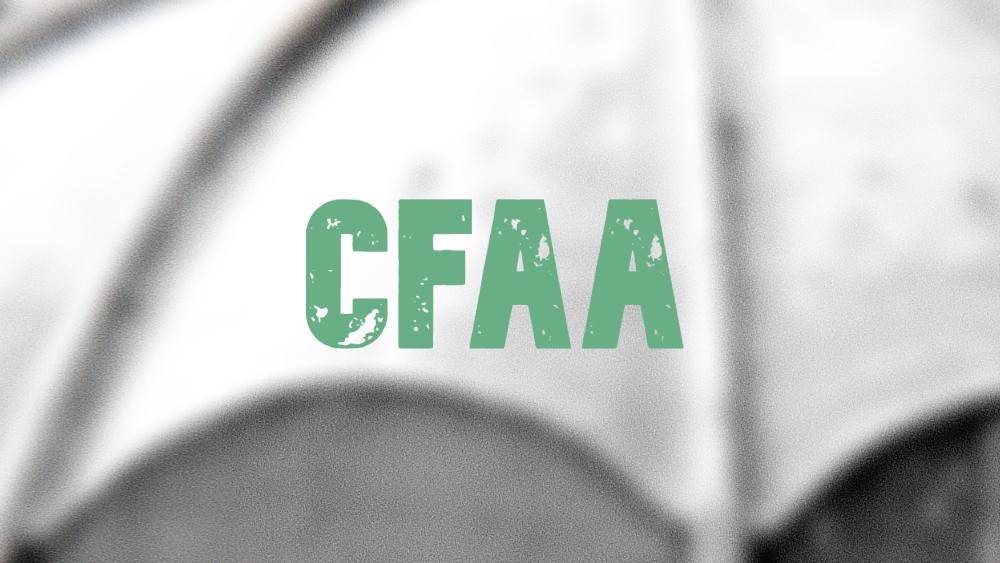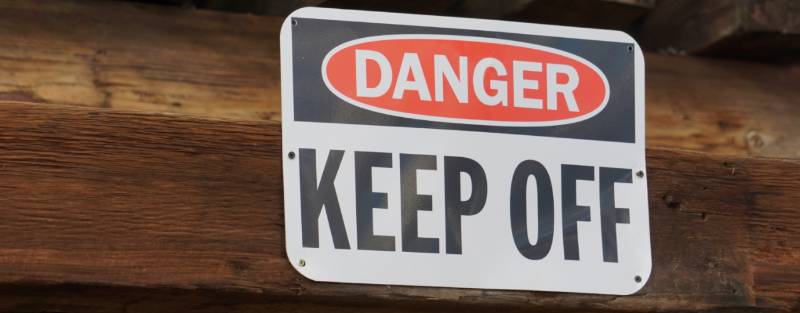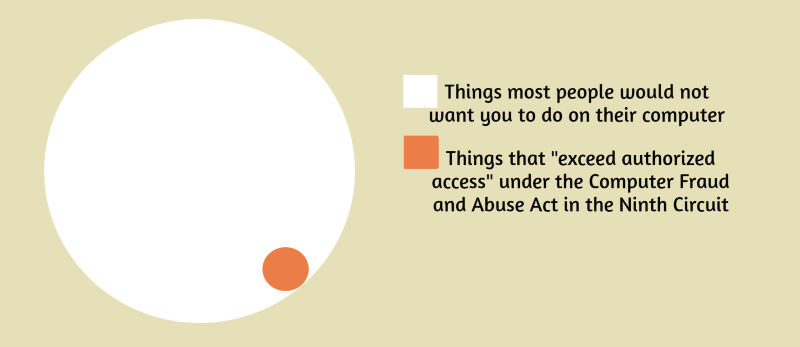Plaintiff filed a class action lawsuit against Sony after Sony issued a software update that bricked plaintiff’s Sony Dash. Sony moved to dismiss for failure to state a claim. The court granted the motion on a number of claims but allowed the Computer Fraud and Abuse Act (CFAA) and trespass to chattel claims to move forward.
CFAA Claim
Sony had argued that the CFAA claim should fail because plaintiff had not alleged the software update was “without authorization,” given the language of the end user license agreement, which read:
From time to time, Sony … may automatically update or otherwise modify the Software, for example, but not limited to for purposes of error correction, improvement of features, and enhancement of security features. Such updates or modifications may change or delete the nature of features or other aspects of the Software, including but not limited to features you may rely upon. You hereby agree that such updates and modifications may occur at Sony’s sole discretion, and that Sony may condition continued use of the Software upon your complete installation or acceptance of such updates or modifications.
Specifically, Sony argued that the EULA authorized Sony to “modify” the software at any time, and warned that such modifications may change or delete the nature of features or other aspects of the software, including features the consumer may rely upon. A court addressed a similar argument in In re Apple, 596 F.Supp.2d 1288 (N.D. Cal. 2008). In that case, Apple, as defendant, relied on the following language to argue that it acted “with authorization” for purposes of the CFAA when bricking iPhones that had been unlocked to access third-party applications:
IF YOU HAVE MODIFIED YOUR IPHONE’S SOFTWARE, APPLYING THIS SOFTWARE UPDATE MAY RESULT IN YOUR IPHONE BECOMING PERMANENTLY INOPERABLE
In that case, the court concluded that usage of the term “may” (as in “may result” in damage) created too much ambiguity surrounding Apple’s warning and found plaintiff’s allegations as to its CFAA claim sufficient to defeat Apple’s motion to dismiss.
Here, Sony had used the same ambiguous “may” (as in “may change or delete the nature of features”) and even more uncertain language than in In re Apple. Unlike in In re Apple, Sony did not explicitly warn that a subsequent software update could render the Dash “permanently inoperable.” The EULA did not say that Sony could delete all features. Instead, it vaguely warned consumers that Sony “may change or delete the nature of features” that a consumer “may rely upon.” This sentence was also prefaced by the following: “From time to time, Sony … may automatically update or otherwise modify the Software, for example, but not limited to for purposes of error correction, improvement of features, and enhancement of security features.”
The court found that this preface implied that automatic software updates would improve or enhance the Dash – not destroy its functionality. The court could not say at this stage that by using the Dash and thus implicitly agreeing to the EULA, plaintiff authorized Sony to render his device inoperable. Accordingly, the court found that plaintiff plausibly pled that Sony acted “without authorization” in bricking the Dash.
Tresspass to Chattel
Under New Jersey law, “[a] cognizable claim for trespass to chattel occurs ‘when personal property, in the actual use of the owner, is injured or taken by a trespasser, so that the owner is deprived of the use of it.’” Arcand v. Brother Int’l Corp., 673 F. Supp. 2d 282, 312 (D.N.J. 2009) (quoting Luse v. Jones, 39 N.J.L. 707, 709 (N.J. 1877)). “[P]hysical contact with the chattel, for instance, where a person kicks another’s car bumper, is not required.” Id. “All that is required … is interference with the chattel as a direct or indirect result of an act done by the actor.” Id.
In this case, Sony’s software update bricked plaintiff’s Dash. The court found that contrary to Sony’s assertions, plaintiff had not consented to Sony rendering his device wholly nonfunctional by agreeing to the EULA.
Sony had also argued that plaintiff never owned the software used by the Dash (in accordance with the EULA) and therefore Sony could not be liable for altering that software in the update. But the court saw it otherwise — whether plaintiff owned the software, Sony, at a minimum, indirectly injured plaintiff’s physical Dash by rendering it completely nonfunctional through the software update. The court again looked to In re Apple wherein that court found that the plaintiffs plausibly pled trespass to chattel by alleging that Apple released a software update that rendered the plaintiffs’ iPhones permanently inoperable. On these facts, the court found that plaintiff had plausibly pled his trespass to chattel claim.
Grisafi v. Sony Electronics Inc., 2019 WL 1930756 (D.N.J. April 30, 2019)




 Evan Brown is a technology and intellectual property attorney in Chicago. This content originally appeared on
Evan Brown is a technology and intellectual property attorney in Chicago. This content originally appeared on 


